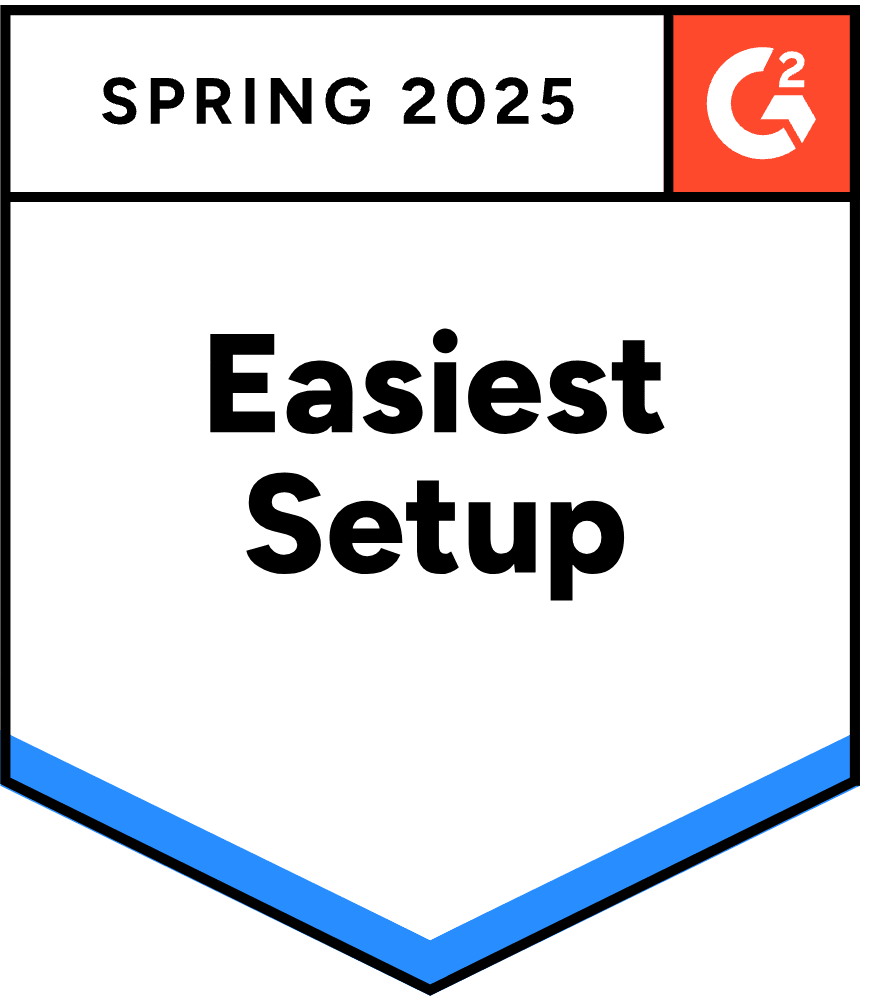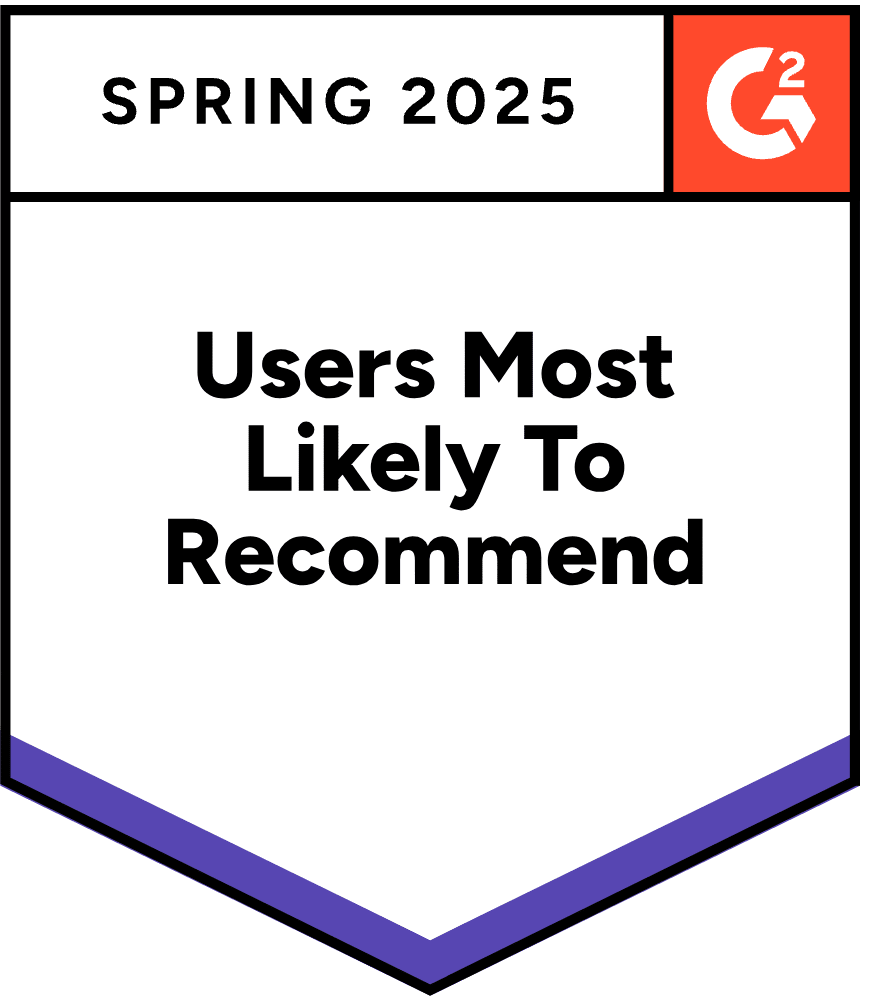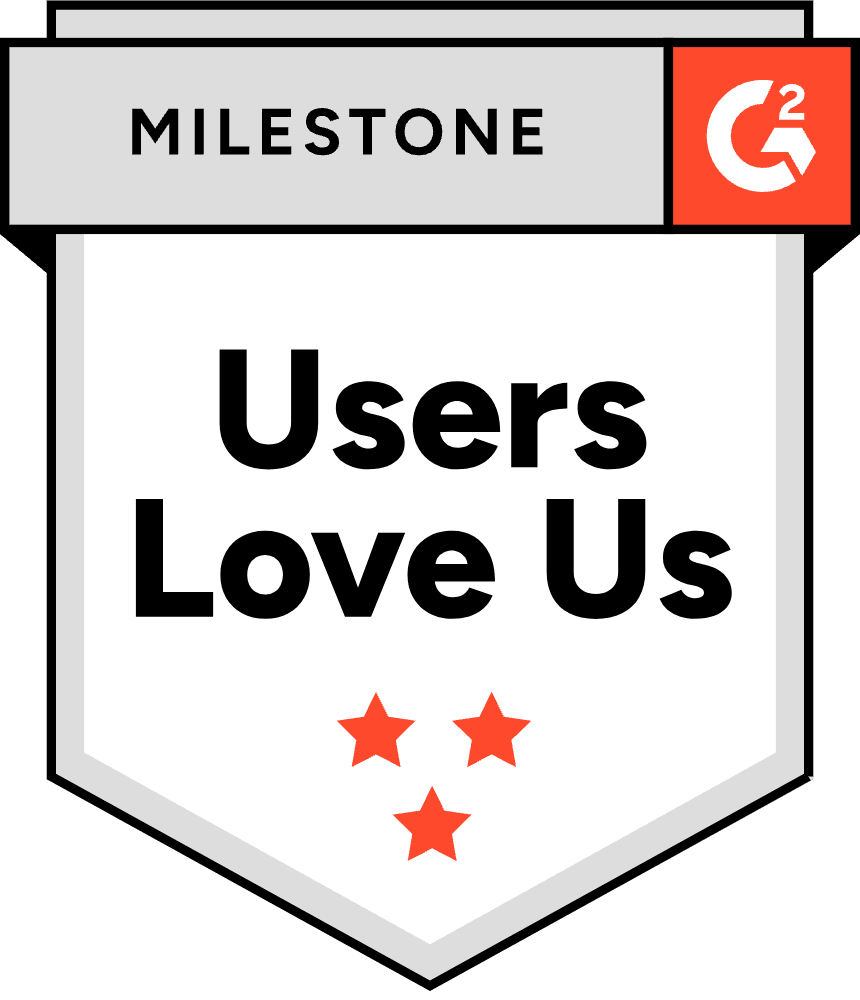When examining the customer lifecycle, renewal is often perceived as the final stage to be confirmed with the customer. However, in reality, the groundwork for renewal is laid as early as the onboarding phase. It is developed, tested, and validated throughout the entire customer lifecycle. Here are five tips for preparing and maximizing your renewals.
It all starts at the onboarding stage
The onboarding phase is crucial for customer adoption, proper use, and commitment to your platform. Naturally, when designing this phase, the focus should be on the product.
Before introducing your platform to a new customer, take the time to validate these essential points with them: their challenges, objectives, needs, and how your solution will meet these objectives. Ideally, the Sales team has already shared these elements during the handover phase, and the role of the Customer Success Manager (CSM) is to confirm these points with the customer.
From the very beginning of the onboarding process, ask your customer: what will make our collaboration a success? In other words, what will make you renew the contract?
Based on their response, establish and confirm the success criteria that you will monitor and measure throughout the partnership. These criteria should be quantifiable and easily measurable by your internal Customer Success (CS) team.
This validation stage is essential for a successful renewal. Before diving into a product demonstration, ensure that you have clearly defined with your customer why they chose to invest in your platform and what will motivate them to renew in a year's time. This is the first step in building the perceived value of your tool.
Demonstrate value at every customer interaction
From the very first prospecting call, a customer has the chance to evaluate both the value proposition of your tool and the quality of your support. Every interaction with your customers is an opportunity to demonstrate and reinforce the value of your service. Whether during the initial onboarding phase, a monthly or quarterly review, or an email exchange with your support team, seize these moments to reiterate the value of your solution.
How can you do this?
In every interaction, whether with a satisfied or dissatisfied customer, via a call, email, or meeting, you can add value through simple actions:
- Providing timely and responsive replies
- Offering honest responses that demonstrate care and commitment
- Communicating transparently about technical limitations
- Maintaining regular follow-up and communication in the event of a bug
- Listening to and understanding your customers' issues
- Sharing success indicators and ROI
- Providing best practices, advice, and your expertise
Each of these actions contributes to building a strong, value-driven relationship with your customers.
Finally, remember that every customer interaction is also an opportunity to assess the quality of your service. The likelihood of a customer responding to a satisfaction survey increases when it is tied to an action on your platform or an interaction with your teams. These responses are crucial for gauging the health of your customer relationships, which is essential for maximizing renewals.
Help manage your renewals
Once your customers' objectives have been clearly identified and success indicators are in place to measure and demonstrate the value you provide, you have a clear Success Plan for developing your partnership.
However, we know that this alone is not enough to prevent churn. It's important to always think ahead with your customers.
How can you do this?
Develop simple in-house tools or implement a solution to monitor your renewals and measure the health of your customers. Start with a basic checklist to identify potential churn risks.
These indicators could include:
- Responses to satisfaction surveys after onboarding (CSAT or Effort Score)
- The number of strategic actions taken on your platform
- The number of support tickets submitted
- NPS responses after a quarterly review
- Billing status
- Your CSM's assessment of the account
- Changes in key internal contacts
By actively monitoring these indicators, you can proactively address issues and work towards maximising renewals.
Whatever indicators you choose and however you want to build your health score, start simply. Set up a customer health score with four key metrics. Begin with a few indicators, test, evaluate, and iterate.
Once you've built an initial model, congratulations! You've completed 50% of the journey to help you anticipate your renewals.
The second part involves taking action if there is a risk of churn. What should you do if a customer has a 'bad' health score?
A Solution for Every Problem :
- Identify the risks of churn.
- Develop an action plan.
- Communicate proactively with the customer.
- Involve your customer in your action plan and show them the results.
For example, what should you do if a customer feels they are not getting enough value from the product they signed up for?
- Reassess the customer's needs and objectives with the decision-maker.
- Present testimonials from customers in similar situations to demonstrate the measurable impact of your product.
- Define an action plan to achieve the customer's objectives.
- Agree on regular milestones to monitor progress towards these objectives.
- If necessary, adapt your sales offer to the customer's new objectives.
By following these steps, you can address potential issues proactively and work towards ensuring customer satisfaction and retention.
Starting from individual situations, gradually build a playbook to manage the risk of churn more effectively. The action plans you implement will evolve into comprehensive playbooks that can be automated, allowing you to anticipate and manage these risks for an increasing number of customers.
Multiply and test your contacts
A crucial aspect of account management involves identifying and engaging the right contacts.
From the outset of the partnership, ensure you have clearly identified the key contacts and their roles within the account (e.g., decision-maker, champion, user, detractor).
It’s also important to establish multiple internal contacts to avoid dependency on a single individual. This approach provides access to more information, builds internal support, and helps prevent unexpected issues.
Tailor your communication and interactions according to each person’s role (e.g., involve users in operational matters and decision-makers in strategic issues or quarterly reports).
Additionally, verify the roles you've identified. For instance, to confirm that your champion is truly a champion, conduct a "champion test": ask your champion to connect you with someone you’ve identified as strategic for the continuity or expansion of the partnership. If they are reluctant, they may not be a true champion or an active ambassador for your solution internally.
Don't be afraid to ask!
When I was a CSM, I vividly recall an instance where my manager joined me for a quarterly review with a strategic client. At the conclusion of the meeting, my manager posed a straightforward question to the client: "If you had to decide today, would you renew?" The customer, and myself, were initially surprised, but the response provided valuable insights that helped us optimize the renewal strategy.
This scenario illustrates a broader principle applicable to all customer interactions: don't shy away from challenging your customers, soliciting feedback, probing for objections, or requesting introductions. Each of these actions is essential for cultivating a strong customer relationship.
The renewal question is not easy to pose, and effectively addressing it necessitates three key elements:
Preparation: Prior to each interaction (call, meeting), conduct a comprehensive review of the customer's status and ensure you are current with their needs.
Practice: Internally train yourself to navigate such sensitive conversations with customers. Role-playing exercises with your manager or colleagues can be invaluable for honing this skill.
Feedback: Seek feedback from colleagues or your manager after these interactions to continuously learn and refine your approach.
By embracing these practices, you can consistently improve your ability to manage customer relationships and drive successful renewals.
After reflecting on that meeting, I realized that my manager's question was not random; it was timed perfectly, during a meeting I had thoroughly prepared for, and where he had anticipated various possible responses.
Therefore, ensuring renewal requires three crucial actions:
Anticipate to Avoid Surprises: Stay ahead by preparing for potential external factors.
Maintain Proactivity with Customers: Always engage actively and preemptively with your customers.
Facilitate Customer Success and Value: Help customers achieve their objectives and derive maximum value from your solution.
However, it's important not to approach these fundamentals only a few months before the contract ends! These principles should underpin your approach throughout the customer's journey. Through anticipation, proactive engagement, and ongoing attention to delivering value, you set the stage for renewal discussions.
By highlighting achieved objectives, emphasizing the benefits of your solution, and showcasing ongoing support, you can seamlessly transition into discussing the continuation of a successful collaboration.
With 12 years' experience and a passion for Customer Success, Alix supports CS B2B SaaS teams in Europe. She helps them to accelerate and define their operations and profitability model to maximise retention and upsell of their customer base. Involved in the CS community and always ready to exchange ideas on the subject, she runs the Customer Success Network, the first online community for CS professionals.








